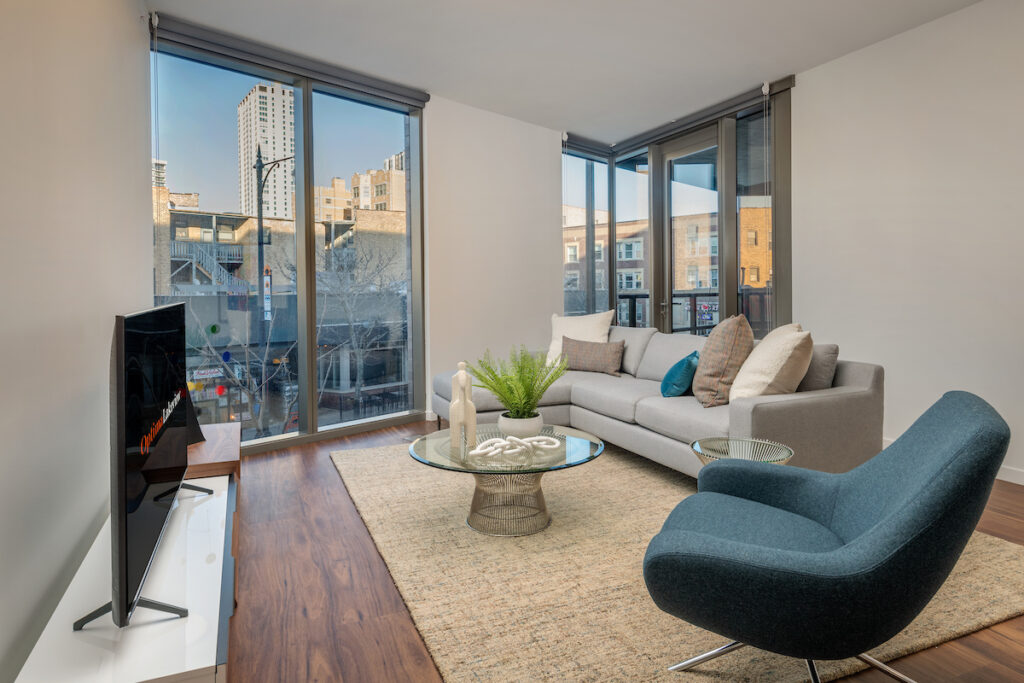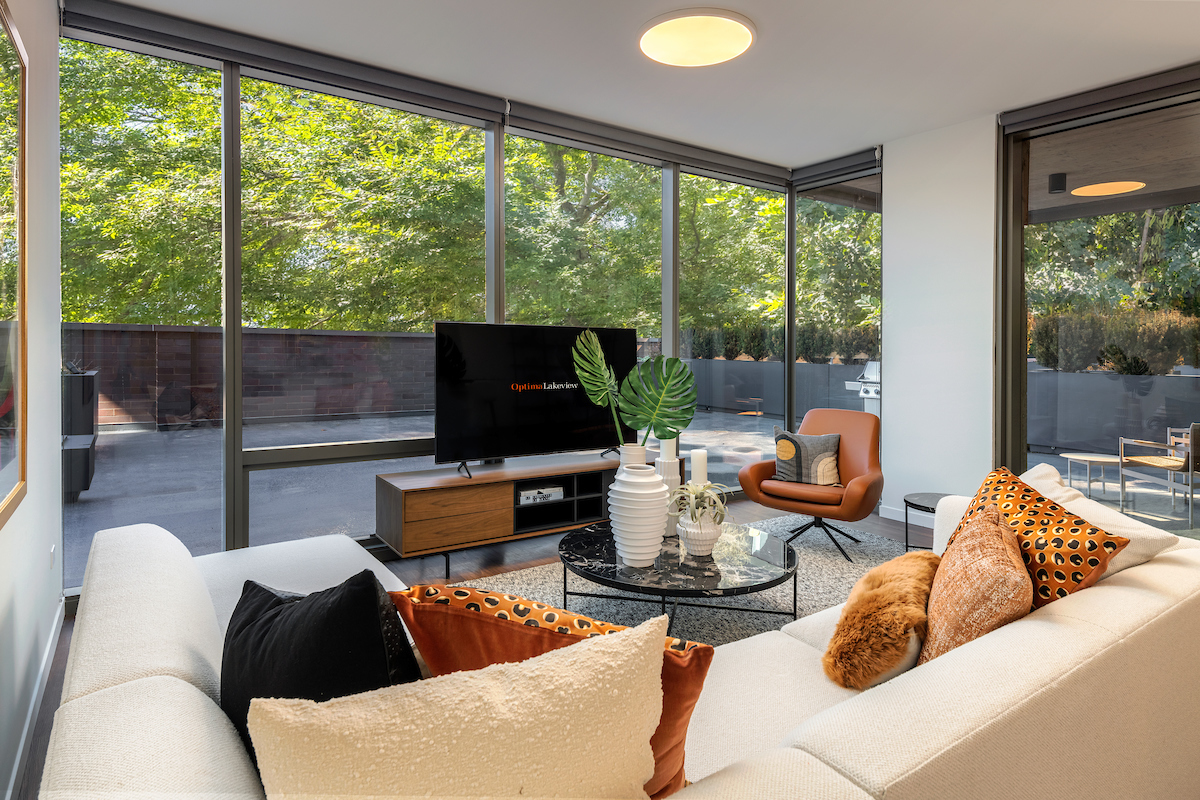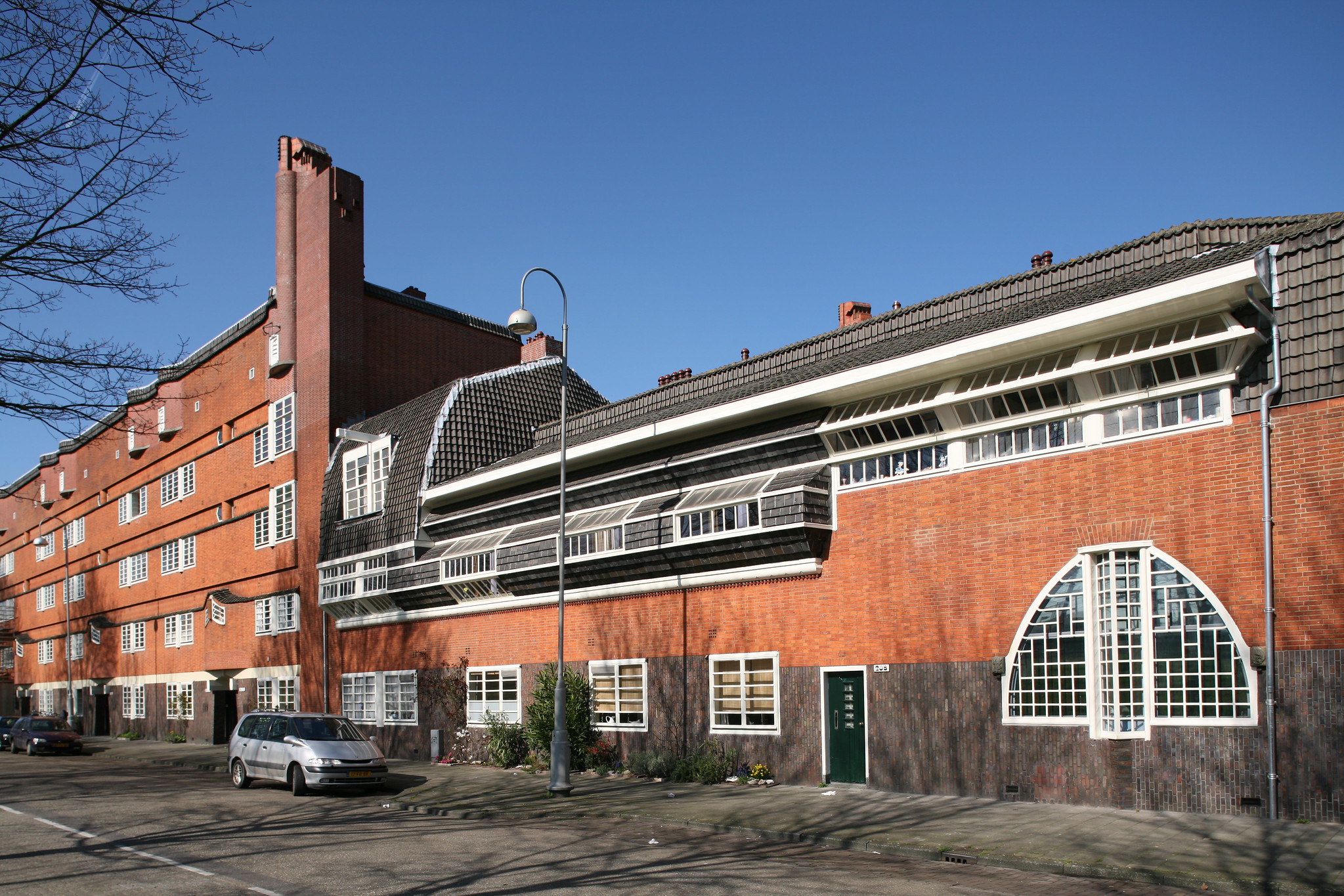As with all of the exquisitely curated furniture selections at Optima, the focus is always on comfort and functionality, timeless minimalist design, flawless engineering and superb materials The NOOMI chair, the brainchild of renowned Danish designer, Susanne Grønlund, is no exception, and fits handsomely into the interior spaces of our latest development, Optima Lakeview.
Since 1991, Grønlund and her studio in Aarhaus, Denmark have earned a reputation for innovative, thoughtful design that’s rooted in Scandinavian traditions. In creating her Noomi Swivel chair in 2013, she set out to combine aesthetics with practicality. Recognizing that people want to sit comfortably AND easily turn to speak to others in an intimate setting, Grønlund designed a soothing, smooth-swiveling chair on a 360-degree base.
With references to branches on a tree, the delicate and slightly bent legs seize the upper part of the NOOMI Chair and create a strong graphic expression where steel and fabric meet in harmony. The frame is light, but distinctive with an elegant humanly-contoured shape that makes the soft, rounded upper part of the chair — with its strong backrest and traditional manual padding — look like it’s hovering above the floor.

With the focus on form and function, Grønlund took great pains to ensure maximum comfort with the NOOMI Chair. The angle of the backrest to the seat has been carefully resolved, and the wide armrests are comfortable. The chair invites various sitting positions as it signals the priorities of comfort and rest.
With such flawless design, it isn’t a surprise that the NOOMI chair has garnered a number of awards, including the Good Design® Award (2017) and German Design Award (2018).
We’re not only happy to have NOOMIs welcoming residents in Optima Lakeview but in many of our other communities at Optima, where the ideals of form and function continue to inspire all of us.


